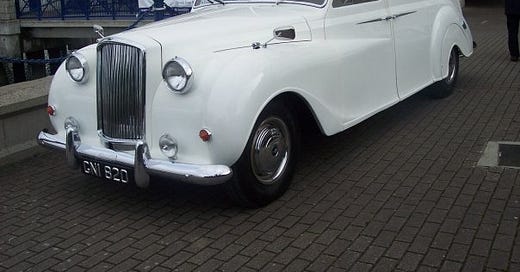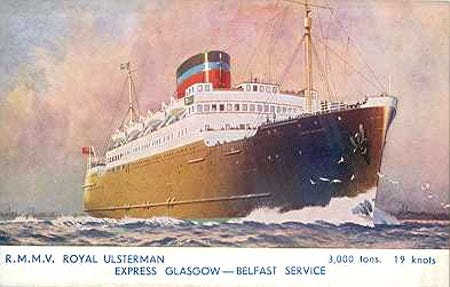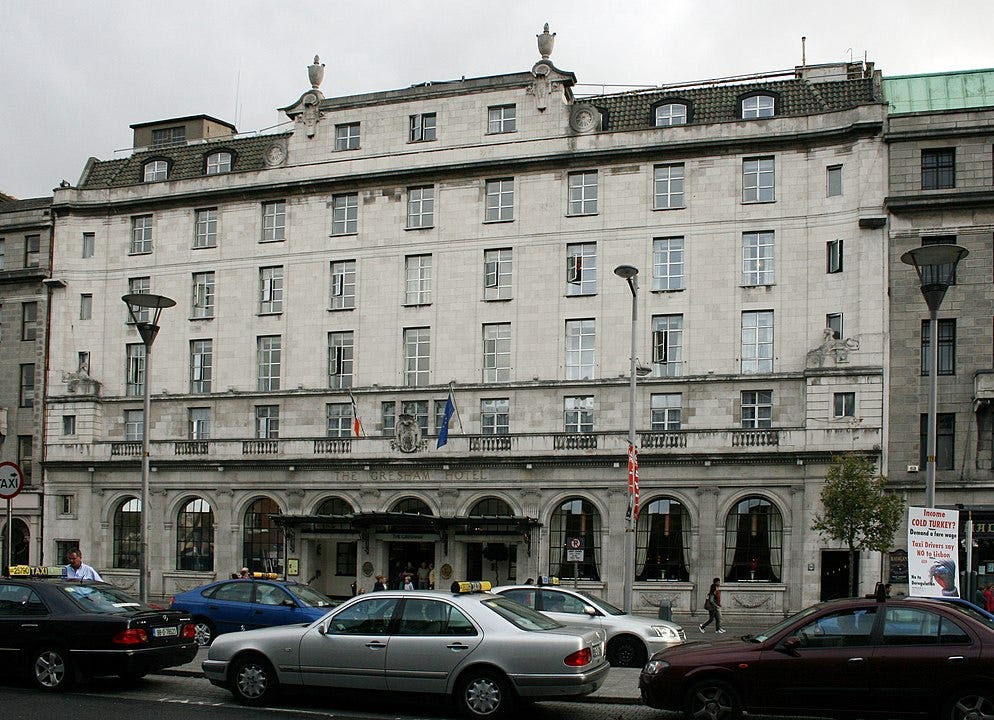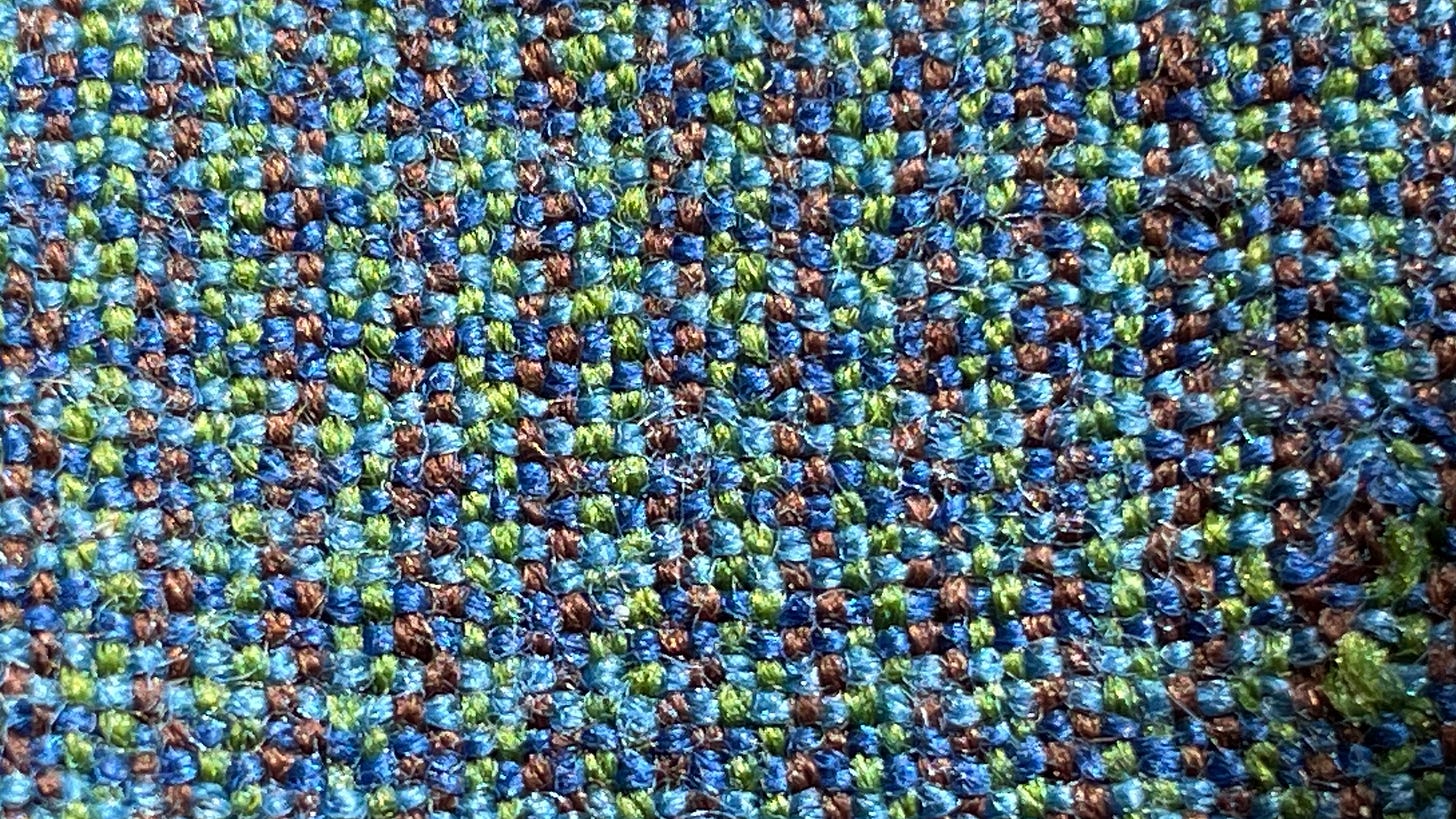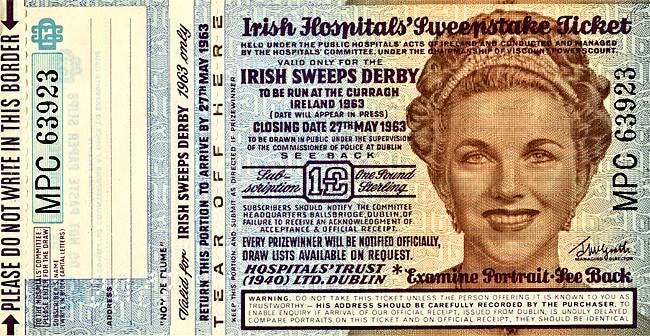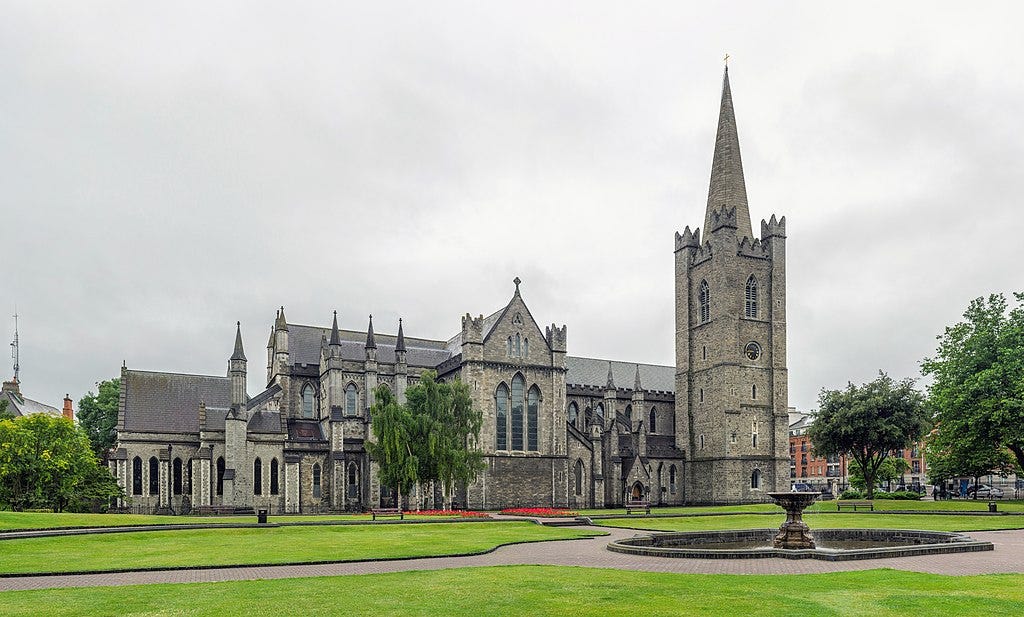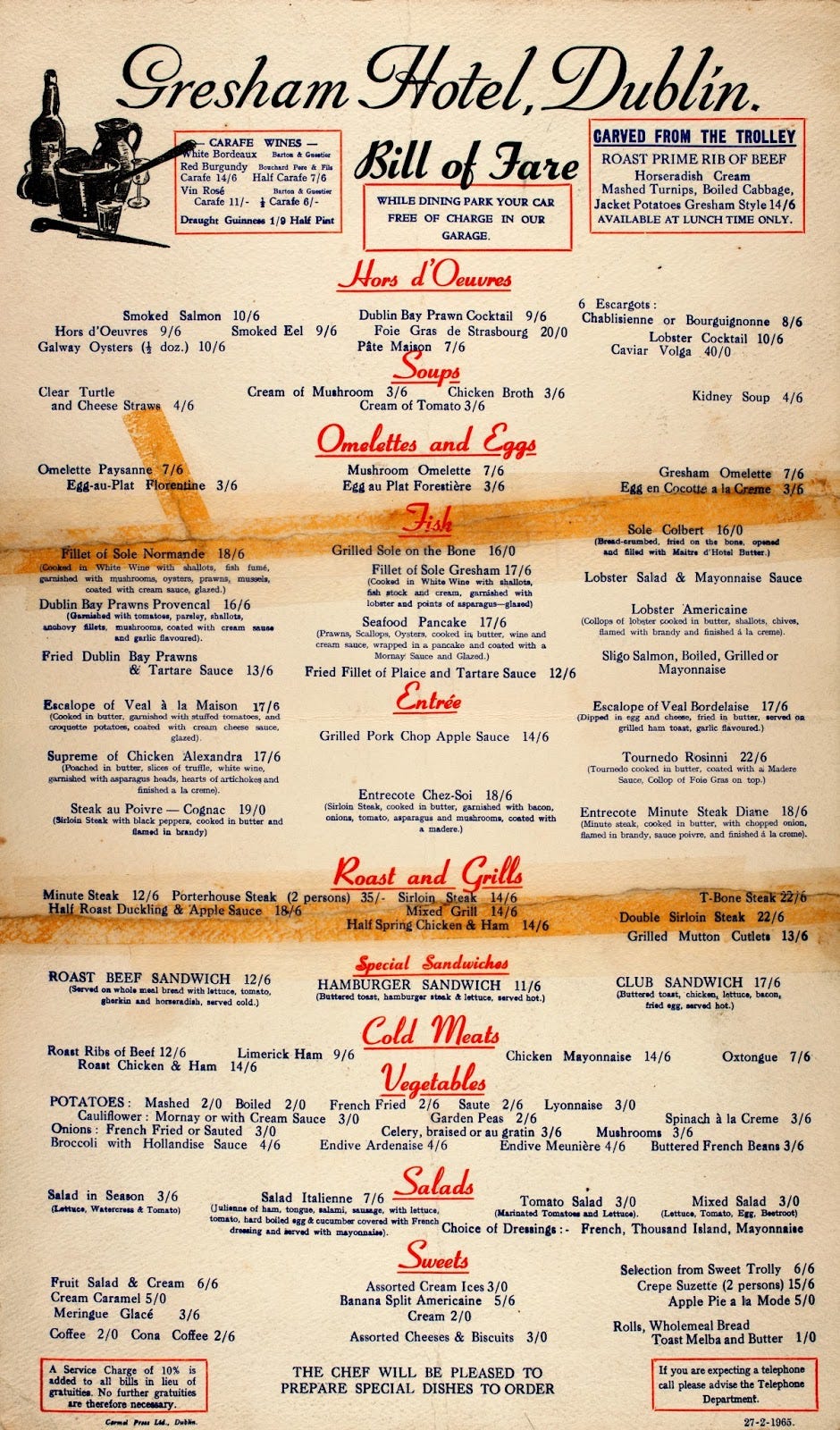In the previous entry, K and friends had just arrived in Glasgow, ready to head to Belfast, Ireland.
Our boat The Ulsterman left at 9:00 p.m. and we could get on at 8:15 which we did. It was not as large a boat as the one from the Hook of Holland but more comfortable as far as our staterooms were concerned. Also it was cleaner. The next morning we had breakfast on the boat, then went to the station and checked our bags. We wanted to shop a bit in Belfast so our train reservation was at 4:45 p.m. We decided it would help if we had a place to clean up so we took a single room at a hotel for the day rate—(70c apiece). We went out to look for linen especially.
The Royal Ulsterman was a motor passenger ferry that served the Glasgow-Belfast route until 1967. During World War II, she participated in several major operations, including the invasion of Normandy (D-Day).
Wednesday
We planned to take a tour of the city—but found that Wednesday was the closing day there. And the afternoon tour would get us back too late for the train. Belfast is an industrial city—as was Glasgow. I am satisfied in the little I saw of them.
We had tea on the train. It was a good thing we did, as our train was delayed over an hour because of a delayed “goods” train.
The Shops Act of 1911 allowed local councils to establish a half-day closing as a holiday for shop staff—this often took place on Wednesday.
The train ride from Belfast to Dublin would have taken a little over two hours (without delays!)
The Gresham is a luxury hotel. It is the one that the tour scheduled us for, so we were here the night before.
The Gresham Hotel, on O’Connell Street in Dublin, was built in 1927 and was considered one of the city’s premier hotels. It has been recently refurbished and continues to be a landmark.
Thursday
Our tour officially started with a lunch and a tour of the city in the p.m.—but we took the tour this morning and had the afternoon free. We called at the United States Lines—and shopped. I get carried away with the hand woven material—but I have to restrain myself.
A small piece of this fabric was attached with tape to a page of K’s trip journal/letter to Ruth.
Mr. Fleming is our tour driver. We liked him very much. He has an Austin Princess—he said there was but one other in the country. It is a very sturdy car. He seems to be an excellent driver—he doesn’t “rattle on” too much.
The Austin Princess was a series of large luxury cars produced from 1947 to 1968. Here’s a picture of one from about this time.
We saw the Book of Kells in Trinity College—it is the oldest (I believe) copy of the New Testament. The manuscript writing is so even and beautiful—and the illuminations are lovely. The book has one page turned each day.
The Book of Kells is an illustrated manuscript containing the four Gospels of the New Testament. It’s believed to have been created in about 800 AD at a monastery in Ireland or Scotland, and takes its name from the Abbey of Kells in County Meath, Ireland, which was its home for centuries. It now lives in the Old Library at Trinity College in Dublin. You can view the whole document digitally on this site.
We went to the offices of the Irish Sweepstakes—it is big business. We did not take time to take the tour—they did give us cards which we wrote and they will mail. However, they are not air mail, so you’ll probably get it after I get home.
The Irish Sweepstake was a lottery established in 1930 to finance hospitals. Although it gave the appearance of a charity, it was a private company. The payout relative to the contributions was low, and the founders got very rich, using their profits to build businesses including Waterford Glass. The company shut down in the late 1980s. Here’s a ticket from a 1963 drawing, and a 1962 video of BBC investigative journalist Fyfe Robertson at the Dublin offices of the sweepstakes.
St. Patrick’s Cathedral is located on the place where St. P— supposedly baptized his converts. Jonathan Swift was Dean there for many years. I think there was a time it was Catholic but it is not now.
St. Patrick’s Cathedral was founded in 1191 as a Roman Catholic cathedral and is currently the national cathedral of the Church of Ireland. Its most famous dean was Jonathan Swift, author of Gulliver’s Travels and other satirical writings, who served there from 1713 to 1745. His grave is inside the cathedral.
We had dinner and lunch at the hotel—on the tour—no price restriction. Tonight I had chicken with truffle—which I had never tasted. It was good—rather tart.
I found a 1965 menu from the Gresham Hotel—it includes “Supreme of Chicken Alexandra,” which includes slices of truffle and sounds delicious! The prices are in shillings and pence—in today’s dollars the dish would have cost about $25-30.
After dinner I came up and washed my hair—washed and packed—as we leave in the morning at 9:30 a.m. for Cork.
I’m in bed—writing this—one of the reasons for the messy writing. The rollers are not comfortable, but I’ll try to leave them on as long as I can.
I had your letter waiting for me. You have been faithful. Besse wrote me that Miss Singer had died. She has been ill for so long, and unhappy in her aloneness.
It is time to stop—but I wanted to get this mailed in the morning.
—And now to sleep. I love you.
Fri a.m.
Bill paid, we’ll be off in a bit. It’s hard to keep track of the days. Bertha discovered half way through breakfast that it was Friday—and she’d eaten half of her bacon! Glad there are no “game rules” to my eating.
For centuries, Catholics abstained from eating meat on Fridays as a day of penance to honor Christ’s crucifixion. This became a formal obligation in 1917. In 1966, Pope Paul VI relaxed the requirement for Fridays other than during the period of Lent, along with Ash Wednesday and Good Friday.
More later—
K

